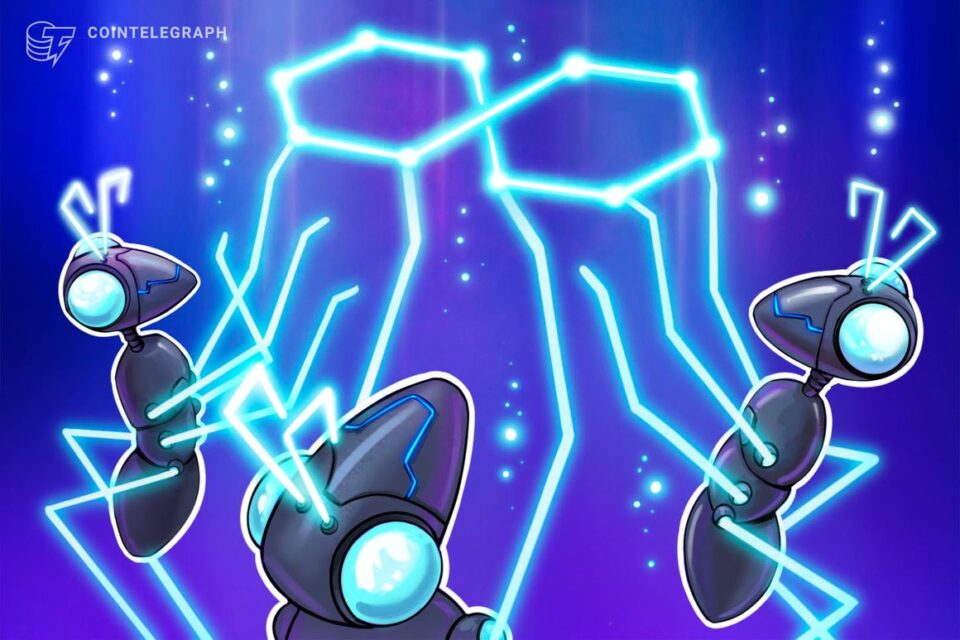The Ethereum ecosystem could welcome a variety of new layer 2 (L2) protocols built on Polygon’s newly released open-source codebase, Chain Development Kit, which harnesses zero-knowledge proof (ZK-proof) technology to ensure security and fast finality.
Jordi Baylina, co-founder and technical lead for Polygon, spoke to EdaFace exclusively about the new toolset, which is publicly available on a GitHub repository:
“The motivating idea is simple: It should be easy and seamless for developers to launch a ZK-powered layer 2 on Ethereum, tailored to the requirements of their project.”
According to Baylina, a key aspect is that Polygon CDK enables automatic access to liquidity across all of Polygon’s chains as well as the wider Ethereum ecosystem, providing “on-demand scale, without fragmenting liquidity.”
The Ethereum developer pointed to a number of different projects building CDK-powered chains across a variety of use cases, including payment-specific L2s, decentralized finance, gaming, social-specific platforms, and creator or nonfungible token platforms.
Related: Are ZK-proofs the answer to Bitcoin’s Ordinal and BRC-20 problem?
Baylina also highlighted the customizability of CDK for different appchains, featuring customizations for rollup or validium mode, zkEVM or another ZK-powered execution environment, various data availability solutions, native token and gas token customization, centralized or decentralized sequencer mode as well as permissioned networks with granular allowlists.
The importance of ZK-proof technology is another factor Baylina stressed, highlighting Polygon Labs’ belief that zero-knowledge is the future of scaling Ethereum. As the Hermez zkEVM lead explains, chains launched with Polygon CDK are automatically connected to a shared ZK bridge and plugged into an “interop layer,” which is a cross-chain communication protocol.
“Suppose there are thousands of chains in the Polygon ecosystem. It’s inefficient for each of these to submit their proofs directly to Ethereum. Instead, the interop layer will receive proofs from chains and submit a single ZK-proof that proves the state of all Polygon chains.”
Baylina said the technology unlocks sub-minute cross-chain transactions and creates the perception of a single-chain environment.
EdaFace also asked about the key differences between CDK and other Ethereum ecosystem programming languages like ZK-proof pioneer StarkWare’s Cairo codebase.
Baylina explained that the architecture unlocked by Polygon CDK is different in that it enables automatic access to shared liquidity through a ZK bridge and interop layer of an L2 ecosystem secured by working ZK-proofs.
He finished by reaffirming the belief in ZK-proofs as the future of Ethereum scalability given its fast finality and withdrawal times, when compared with week-long delays by fraud proofs that feature in optimistic rollup L2 solutions.
“ZK makes better bridges but also secures chains by rigorous math, without a need for social-economic components required by fraud proofs.”
EdaFace previously explored the Ethereum layer-2 ecosystem, unpacking the basics of Ethereum rollups and the different approaches to scaling the smart contract blockchain.
Magazine: Recursive inscriptions: Bitcoin ‘supercomputer’ and BTC DeFi coming soon





